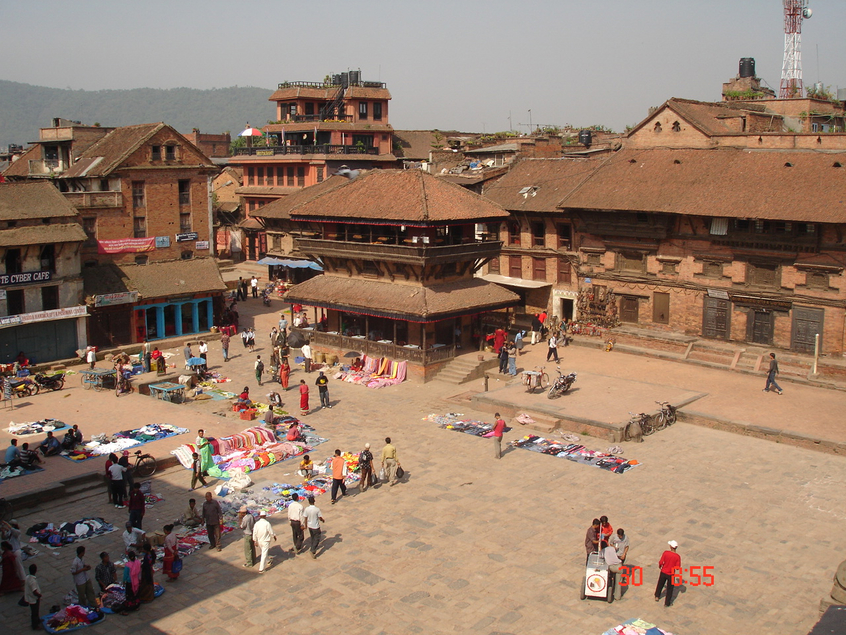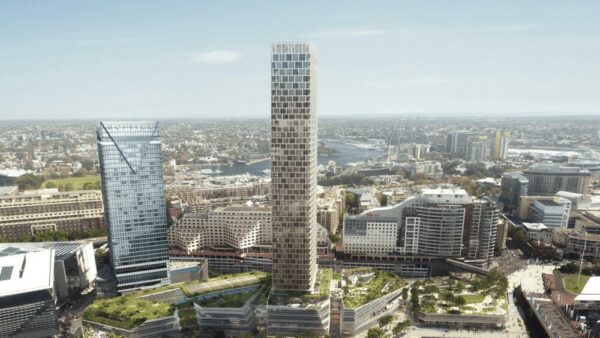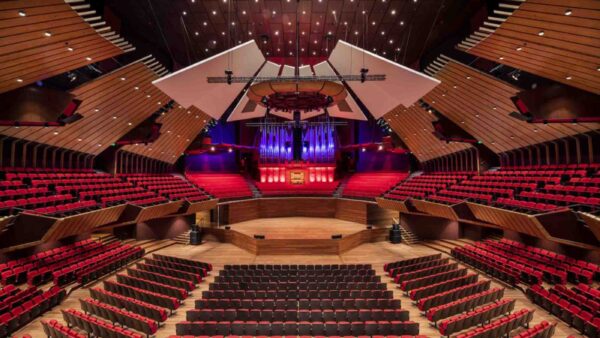In a bid to tame unplanned sprawl in rapidly urbanising Nepal, companies from Finland and Nepal have teamed up to design a sustainable settlement for more than half a million people in Kathmandu Valley.

Mariitta Helineva (Helin & Co)
The plan is being developed by Helsinki architect Helin & Co and Kathmandu-based consulting engineer, JK Associates. The new city will eventually cover 52 sq km of the valley, the population of which is expected to reach 4 million by 2020.
Mariitta Helineva, lead architect at Helin & Co, said in a press statement: “In terms of its goals and scale, the project is unique in Nepal and has also global significance because the area being planned is quite large and because the urban planning solutions developed in the project will show the way for sustainable urban development in developing countries worldwide.
“We will show how the unofficial expansion of cities without a city plan could be steered more effectively, economically and sustainably into well-designed new areas.”
Their plan is to tackle the problems of rapid urbanisation in the valley, such as unplanned settlements springing up with no transport, water, or energy infrastructure. This has already happened in Kathmandu, which has grown into a city of 2.5 million without an urban plan.
The sprawl is expected to accelerate in coming years because Nepal’s population is 80% rural.

The development will have to accommodate the cultural heritage of Bhaktapur (Artha/CC BY-SA 3.0)
Helineva said the number of people in the project’s target area is expected to grow to about 650,000 within 20 years, and almost to a million in 50 years. Â
The target area is on the northern side of Bhaktapur, the old capital of the country, which lies about 5km southeast of Kathmandu.
The work is being overseen by VTT, an agency of Finland’s Ministry of Employment and the Economy, which promotes innovation. It will evaluate the project’s technical and economic impacts. Â
Pekka Tuominen, a senior scientist at VTT, commented: “According to preliminary results, the development of the area can significantly raise the standard of living of hundreds of thousands of people and enhance their housing conditions. In the target area, special emphasis is placed on education and training in the form of, for example, several technological colleges.”
The project will be funded by the state of Nepal. Planning work is expected to end in June, after which work to acquire land and begin building infrastructure could begin immediately.
Top image: Kathmandu has grown to 2.5 million without an urban plan (CC BY-SA 4.0)
Further reading:






